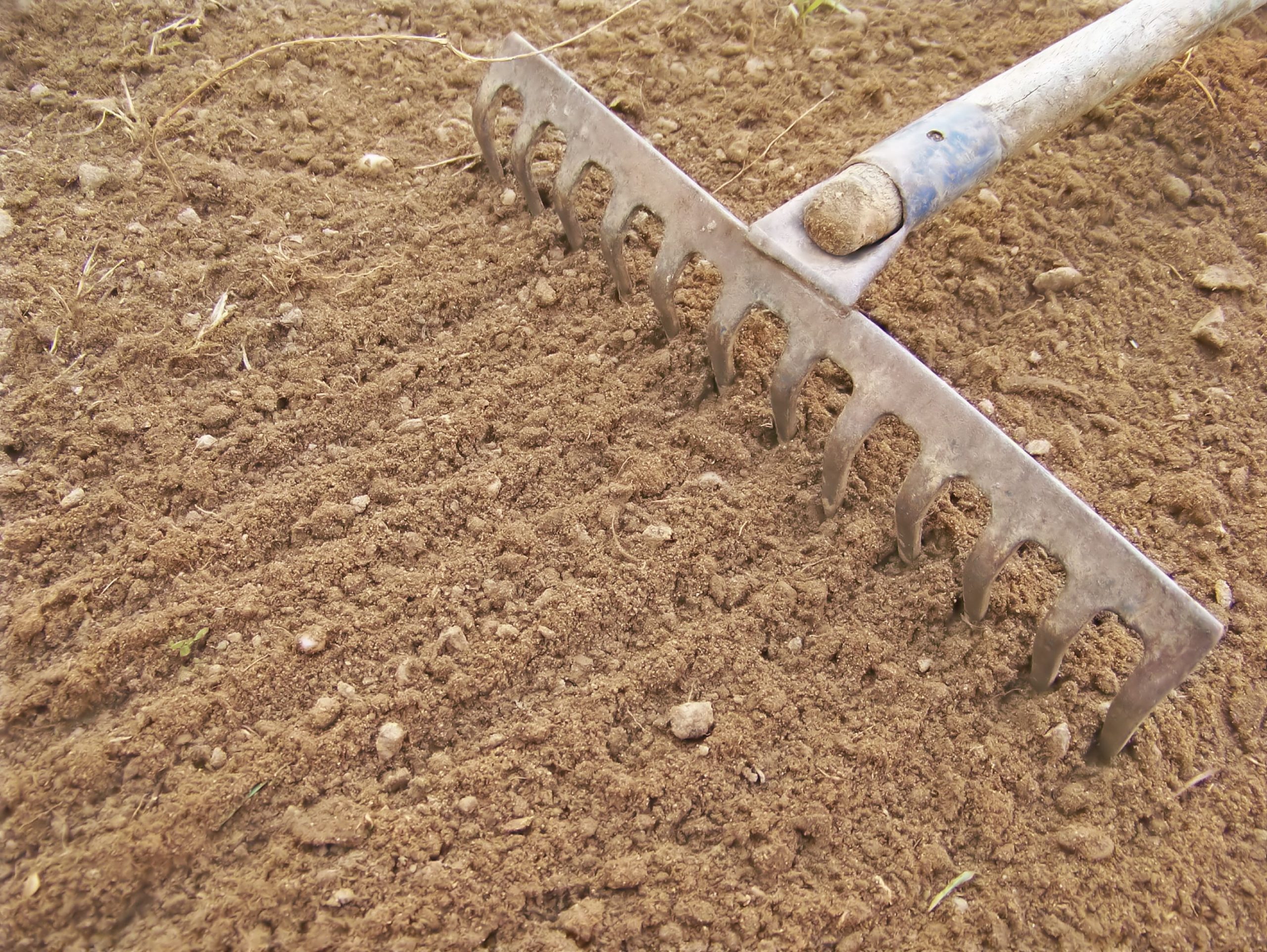To grow well, and stay healthy over time, your lawn needs a decent amount of good quality topsoil, just like any plant. Otherwise, it won’t have enough room for its roots to grow.
In this guide, we’ve explained how much soil you need for your grass to grow well.
We’ve also explained how to assess the quality of your soil at the moment, to help you find out how much topsoil you need to add to help your lawn grow strong.
How much soil does grass need to grow?

If your topsoil is perfect, in that it is nice and dark, and contains plenty of minerals and organic matter, you only need about five inches of soil for grass to grow well. This is how long the roots on most types of grass end up growing.
However, if your soil is not in great shape, you may need to add fresh topsoil to help your lawn grow strong. Grass doesn’t just need five inches of soil – it needs five inches of fertile topsoil.
Is my current topsoil good enough?
To test your current topsoil, and assess how well grass will grow in it, you can:
- Look at the colour of the topsoil. Is it a rich, dark colour?
- Feel the soil in your hands. Good topsoil doesn’t feel sandy, or too sticky – it shouldn’t have too much clay content. Instead, it should have more of a gritty texture, and crumble between your fingers.
- Think about how well any other plants are growing in the soil. Grass is just like most other plants – if you’ve got a vegetable garden for example that’s growing well in the same soil, chances are, the topsoil is in good shape. In saying this, most grasses aren’t extremely fussy, so they should grow slightly easier than most other plants in the same soil, provided they have a good supply of water and sunlight.
How to add topsoil before starting a new lawn

It’s not a good idea to simply add topsoil onto your subsoil and then plant grass seeds, or lay turf. If you do this, the lawn might begin to die immediately, or it might begin to go yellow or develop bare patches over the next 3-6 months, because there will be significant drainage issues.
Here’s how to add topsoil and prepare the ground, the right way:
- Pull out any weeds from the ground. You can also use weedkiller, but it’s best to do this by hand if possible, to avoid killing microorganisms in the soil, which are useful for lawn growth.
- Till the soil, to aerate it, and break up any clumps, to a depth of at least two inches. You can buy or hire a petrol rotavator to do this, but a garden fork or spade will also work if you have a small lawn.
- Remove any debris from the ground, such as twigs, stones (anything more than an inch in diameter, if possible), and large rocks. You can do this before tilling as well if you want, but you’ll probably have to do it again after, when new debris appears at the surface.
- Optional – if you have previously noticed drainage issues on a certain part of your garden that you can’t otherwise explain, such as if you’ve just dug up an old lawn, it might be worth getting out your spade and digging down in this area or areas. It could be that the issue was caused by debris buried deeper underground, such as from builders leaving behind rubbish when your house was built. If you do find any larger pieces of debris, try to remove them from the ground if possible.
- Add an inch or two of topsoil, depending on the quality of your current soil, and till it into the ground. It’s important to mix the fresh topsoil in, otherwise you may encounter drainage problems.
- Rake the lawn level. At this point, you may want to slope the ground in a certain direction at the edges for drainage purposes.
- Walk on the lawn for a few minutes, to remove any air pockets. However, try to avoid compacting the soil too much, to ensure that your grass’s roots will have plenty of air and moisture available.
At this point, you’re ready to spread grass seeds or lay down sod to create your new lawn.

I’m Josh, and I’m the head writer at Lawn Care Pro.
I love everything lawns, but I’m a bit of a lawn mower nerd. I spend a lot of my free time tinkering with mowers, and planning my mowing schedule for the next few weeks.
I’m also into cars, which comes in very helpful when servicing a mower engine!





